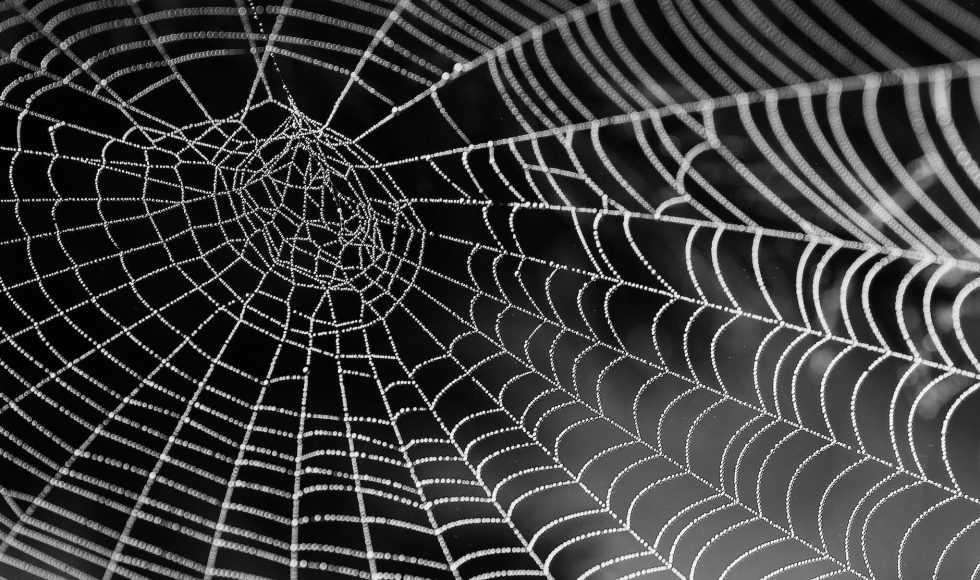Sarah Stellwagen from the University of Maryland, Baltimore County, spoke at the Nanopore Community Meeting 2019 on arachnids! The title of the session is “Advances in arachnid genomics using Oxford Nanopore’s MinION.” They study spider silk genetics and also harvestmen. Stellwagen explained that there are several different types of silk to make egg sacs, joints, prey-wrapping, web radii, and the web frame. Aggregate silk is what Stellwagen studies. Spidroins are the spider family of silks. They are big proteins with repetitive regions. The example Stellwagen shared had distinct repetitions. The complete full-length spidroin sequence is highly variable, and only about a dozen sequences are available. Stellwagen used the MinION Mk1B Min107 R9.5 flow cells. They first tried a direct RNA Sequencing Kit (SQK-RNA001). They swapped the reverse transcriptase for Maxima H minus for cDNA up to 20 Kb… and they found a transcript of 16.5 kb but incomplete. They then tried the Ligation Sequencing Kit (SQK-LKS109). The genome is about 2.5 Gbases. They did Blue Pippin preps to remove fragments smaller than 20 kb. The result was a 42,270 bp AgSp1 gene, not including a ~6000 bp intron. They found a second gene that is 20,526 bp in length, not including an intron! Next, Stellwagen spoke about harvestmen. These arachnids are facultative parthenogenesis and mixed ploidy. Stellwagen and team want to use this genome to study ploidy and asexual and sexual questions. The team obtained about 70x coverage using R9.4.1 with the Ligation Sequencing Kit. The samples have been blocky, and Stellwagen has used nuclease flushing. They noted that having a lot of DNA to prepare multiple libraries has been critical. I have not tried nuclease flushes. I will try to find a protocol now!



